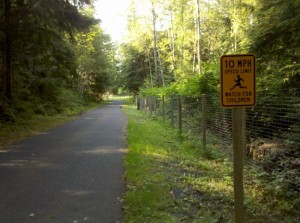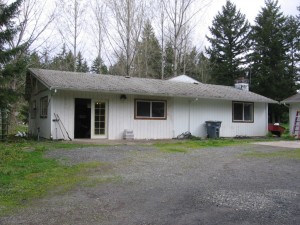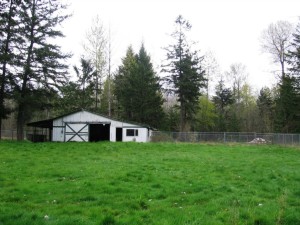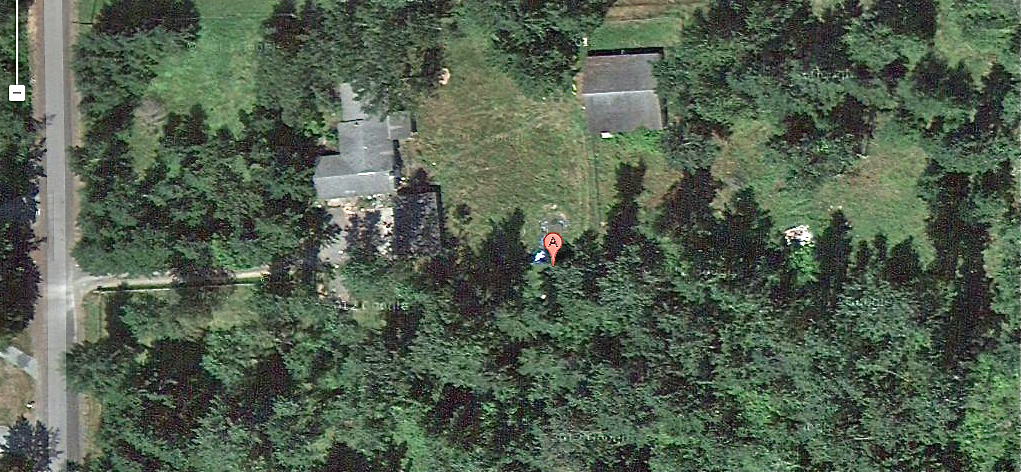There’s a story of a realtor showing a house to a couple from out of town, and the couple asked, “What are the people like here?” The realtor replied, “What are the people like where you live now?” The couple responded, “They are great to hang out with, respectful, and genuinely good people”. The realtor replied, “The people here are just like that!” The next couple to come through had the same question, met with the same question from the realtor. The couple responded, “The people where we live are rude, unfriendly, and generally ignore us!”. To this, the realtor responded in kind, “The people here are also rude and unfriendly”.
This story, which was para-phrased from an unknown source, attempts to provide a simple explanation for those who might feel they have less than ideal neighbors. While neighbors can be great, and add value to your neighborhood, differences can arise. I feel it’s important to bond with neighbors early on, so that when issues come up you can work together to solve them. If you add an HOA (home owners association) into the mix, some neighbors will never get along as the HOA becomes a tool of manipulation by the [popular] majority.
I live in an HOA controlled neighborhood consisting of 22, 5-acre lots. I have some neighbors I really like; I drink beer and BBQ with them and our kids play together. But not long after moving in I discovered that there were a number of feuds in the neighborhood; they originated primarily from property lines and HOA disagreements.
Lesson I: Get a Survey
An example of a dispute was when a two adjoining neighbors decided to “share” their property, across property lines, to have a larger motocross track. After a while, one neighbor decided to bull doze an area to create a banked turn which the other party felt was on their property. This turned into a situation where they both withdrew their share option and left a disputed area where neither knew where the lines were as there were no recorded surveys or marked corners.
The only recorded surveys in the neighborhood are on my lot and my immediate neighbor, as we went in together to get a good deal before I put up my fence. In my opinion, it’s absolutely critical to get a survey performed and recorded before closing on the property to resolve any issues or line disputes. After getting my survey, I found that I had actually “gained” an acre or two (on a 5-acre lot) over what I thought I owned. Also, get your immediate neighbors to go in with you on the survey (if they don’t already have one), this will minimize the potential for disputes over the surveyors work. I got a chuckle out of putting up a fence through my neighbors back yard; luckily it was inhabited by renters, had the owner still lived there it would have likely caused a dispute because he would have assumed I was encroaching.

driveway in the summer
Lesson II: No Easements through the Property
A few months after moving in, the neighbor beyond us on the last property on our dead end road (who has a legal easement through our property) put his house and shop up for rent, as two separate units, after being unable to sell. This immediately took us from having no traffic through our property to seeing traffic day and night on that easement. The ride out to the neighbor’s property is pretty long and winding, and folks are going pretty fast by the time they reach our lot as they want to get to their destination.

driveway in the winter
Soon after, renters moved in: a couple in their mid 40’s from California in the main house, and a young local guy in the shop. We welcomed them all to the neighborhood with fresh baked bread and open arms; we wanted to get off on the right foot. We became good friends with the guy in the shop, but we had a number of issues with the other couple, mostly related to speeding through the property which put our kids and animals in danger. Other neighbors also asked them to slow down as well.
One day I was working in the yard and my kids were outside with me on the play set, but with my wife gone in one vehicle and my truck in the shop it might look like no one was home. I heard the neighbors driving in and saw their SUV coming down the driveway. Just as I was about to wave to them, I heard the engine rev up as he hits the gas — thinking we were not home, and he has a free ride that last 100 feet through our property. After about two seconds of V8 acceleration, he sees me standing there with my mouth open in shock, whereupon he slams on the brakes and the SUV nose-dives considerably. I have no idea how to deal with a person like that in a positive manner and our relationship was poor until they moved out after a year. I had a conversation with the woman before they left (“stopping by to ask you to slow down, again, ma’am”) and she indicated that they had never had such a poor experience in any neighborhood in their entire life and felt victimized by the rest of us. Best of luck to you in your new neighborhood…
Lesson III: No Home Owners Association
Finally, if you live in an HOA controlled neighborhood you voluntarily chose to allow your freedom to be severely limited. A couple of the rules in my neighborhood are, 1) only low flow faucets and fixtures are allowed in homes, and 2) no discharge of any weapon, including firearms, BB guns, slingshots, or bows. This is not quite what I envisioned moving out into a rural wooded area with 160 acres of unoccupied woodland to the north of me. Before moving in I had inquired of the HOA president and a number of neighbors who assured us that the HOA was there only for the road maintenance. This turned out to not be the case; unfortunately HOAs are often a lever of convenience. Don’t risk it.
I am happy to report that we do not have any issues with our current neighbors. There are new couples in the house and shop at the end of the road and they are respectful and friendly. We do the best with what we have, but before you buy your own rural property look carefully at these issues.
 We’re trying to buy a rural homestead. It’s a 5-acre property with a 40-year-old rambler house (2400 square feet), a large garage, and a large one-story barn. The property is flat, completely usable, and fully fenced. It’s about half forested, but open enough to easily walk through. Though it’s only 15 miles south of where we are currently living (still close to where my kids live), it’s in a very rural area far off the beaten path, on a dead-end road. From the house we can see one neighbor’s home, and the smoke from the chimneys of about two others. The land, location, and the outbuildings are amazing — the residence will take some work.
We’re trying to buy a rural homestead. It’s a 5-acre property with a 40-year-old rambler house (2400 square feet), a large garage, and a large one-story barn. The property is flat, completely usable, and fully fenced. It’s about half forested, but open enough to easily walk through. Though it’s only 15 miles south of where we are currently living (still close to where my kids live), it’s in a very rural area far off the beaten path, on a dead-end road. From the house we can see one neighbor’s home, and the smoke from the chimneys of about two others. The land, location, and the outbuildings are amazing — the residence will take some work. We’ve been in the process of trying to buy this home, via a short sale, since January. At that time we signed a full price contract and the bank had 90 days to approve the short sale.
We’ve been in the process of trying to buy this home, via a short sale, since January. At that time we signed a full price contract and the bank had 90 days to approve the short sale. (walls, roof, foundation) is solid and in very good condition after all the years (built in ’72). We believe the house is well-built and definitely worth repairing/remodeling/rebuilding as needed. There are many things in the house that are original, and obviously after 40 years most would need replaced. The seller is as motivated as he can be, considering it’s been on the market for two years, sat empty for a year, has gone to short sale, and he’ll be making no money — but he’s doing what he can to get it looking as good as he is able (mostly labor, not money).
(walls, roof, foundation) is solid and in very good condition after all the years (built in ’72). We believe the house is well-built and definitely worth repairing/remodeling/rebuilding as needed. There are many things in the house that are original, and obviously after 40 years most would need replaced. The seller is as motivated as he can be, considering it’s been on the market for two years, sat empty for a year, has gone to short sale, and he’ll be making no money — but he’s doing what he can to get it looking as good as he is able (mostly labor, not money).




